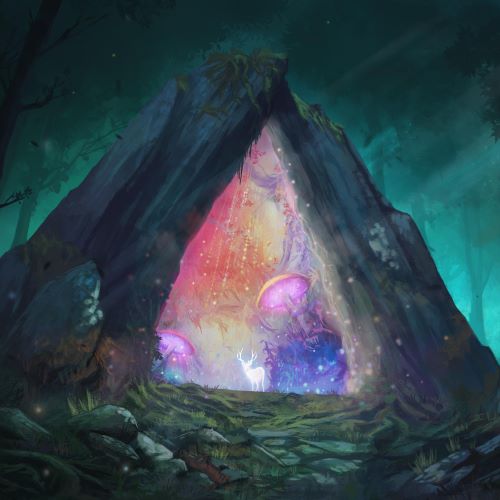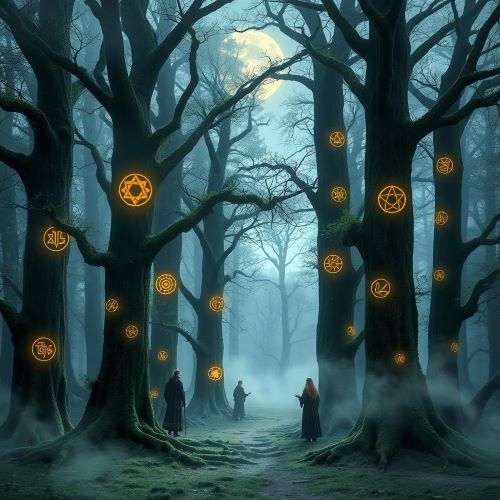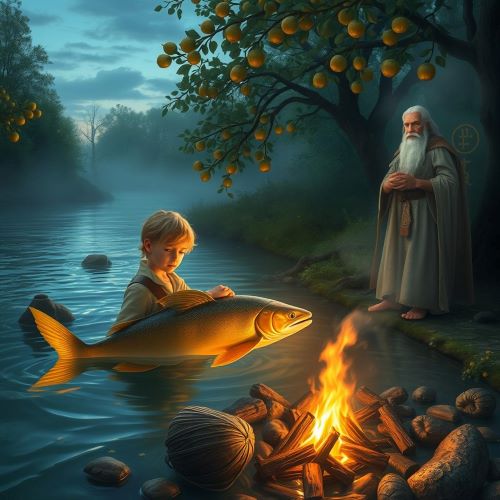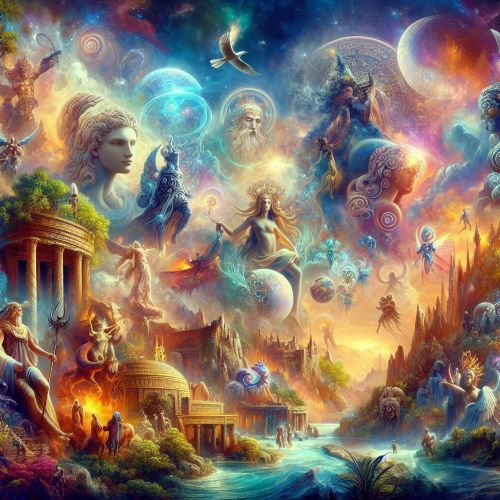Exploring the Sidhe: Guardians of the Celtic Otherworld
The Sidhe (pronounced “shee”) are among the most captivating figures in Celtic mythology, often described as mystical beings dwelling between the mortal world and the Otherworld. Rooted in Irish and Scottish folklore, the Sidhe are sometimes considered gods, other times fairies, and often enigmatic spirits who embody the mysteries of nature and the unseen realms. Their presence in ancient tales highlights the deep connection Celtic culture had with the spiritual and natural world.
For centuries, the Sidhe have inspired awe, fear, and reverence. Known as both protectors and tricksters, they are not simply the “fairies” of modern imagination but powerful entities with their own kingdoms, hierarchies, and rules. To understand who the Sidhe are, one must explore their origins, their portrayal in myths, and their enduring influence on culture and spirituality.
Origins of the Sidhe
The origins of the Sidhe can be traced to the Tuatha Dé Danann, the legendary race of deities in Irish mythology. After being defeated by the Milesians (ancestors of the Irish people), the Tuatha Dé Danann were said to retreat into the earth, taking residence in hollow hills, ancient mounds, and barrows. These became known as the sí, or fairy mounds, which later gave the Sidhe their name.
Thus, the Sidhe are often regarded as descendants of gods—immortal, magical, and powerful beings who inhabit a hidden world parallel to our own. Unlike the diminutive fairies of Victorian tales, the Sidhe were described as tall, radiant, and otherworldly, more akin to ethereal humans than tiny winged creatures.
The World of the Sidhe
The Sidhe are said to live in Tír na nÓg, the “Land of Eternal Youth,” a paradise where sickness and death do not exist. They also inhabit the sídhe mounds scattered across the Irish landscape, many of which still stand as ancient archaeological sites. Passing too close to these places was believed to risk attracting their attention—sometimes for good, sometimes for ill.
The Sidhe are often organized into courts, ruled by powerful kings and queens such as Aengus Óg, the god of love, or The Morrigan, the goddess of battle and fate. In some traditions, they are divided into the Seelie Court, benevolent to humans, and the Unseelie Court, mischievous or even malevolent. This duality reflects the Celtic understanding of balance—nature itself is both nurturing and destructive, just as the Sidhe can bless or curse.
Powers and Characteristics of the Sidhe
The Sidhe are celebrated for their supernatural abilities, many of which blur the line between natural and magical. Common traits attributed to them include:
-
Shapeshifting – The Sidhe could take on human, animal, or spectral forms.
-
Control of Nature – They were thought to influence weather, crops, and the fertility of the land.
-
Immortality – Unlike mortals, the Sidhe do not age or die naturally.
-
Glamour – They could enchant humans with illusions, making the mundane appear extraordinary.
Interaction with the Sidhe was often risky. Those who treated them with respect might receive gifts or protection, but offending them could lead to illness, misfortune, or abduction into their world. Tales of mortals lured into fairy dances, only to return centuries later, underline their dangerous allure.
The Sidhe in Folklore
Irish and Scottish folklore is filled with stories of encounters with the Sidhe. Farmers often left offerings of milk, butter, or bread at fairy mounds to ensure good harvests and avoid their wrath. Festivals like Samhain were considered liminal times when the veil between worlds was thin, allowing mortals and the Sidhe to cross paths.
Legends also tell of Sidhe warriors who join battles, of fairy queens who seduce mortals, and of changelings—human children stolen and replaced with fairy offspring. These tales reinforced the belief that the Sidhe were deeply intertwined with human destiny, both as helpers and as harbingers of danger.
Modern Interpretations of the Sidhe
Today, the Sidhe continue to hold a strong place in popular imagination. In modern fantasy literature, films, and games, they are often portrayed as noble, magical races—echoing their mythological roots as descendants of gods. Writers such as W. B. Yeats and Lady Gregory helped revive interest in the Sidhe during the Celtic Twilight movement, presenting them as mystical figures that symbolized Ireland’s cultural soul.
Contemporary Pagan and Neo-Druid traditions also honor the Sidhe as nature spirits or guardians of sacred sites. Many see them as reminders of the spiritual depth of the natural world, urging respect for the land and its mysteries.
Conclusion
The Sidhe are far more than fairies of folklore—they are echoes of ancient deities, embodiments of nature’s power, and keepers of the Otherworld. Their stories reveal how the Celts understood the balance of beauty and danger, blessing and curse, in both the natural and spiritual realms.
Even today, the Sidhe inspire awe, shaping how we imagine fairies, spirits, and the unseen forces around us. Whether feared as tricksters or revered as guardians, they remain eternal figures in Celtic mythology, forever linked with the mystery of Ireland’s hills and the magic of the Otherworld.
No posts were found.









